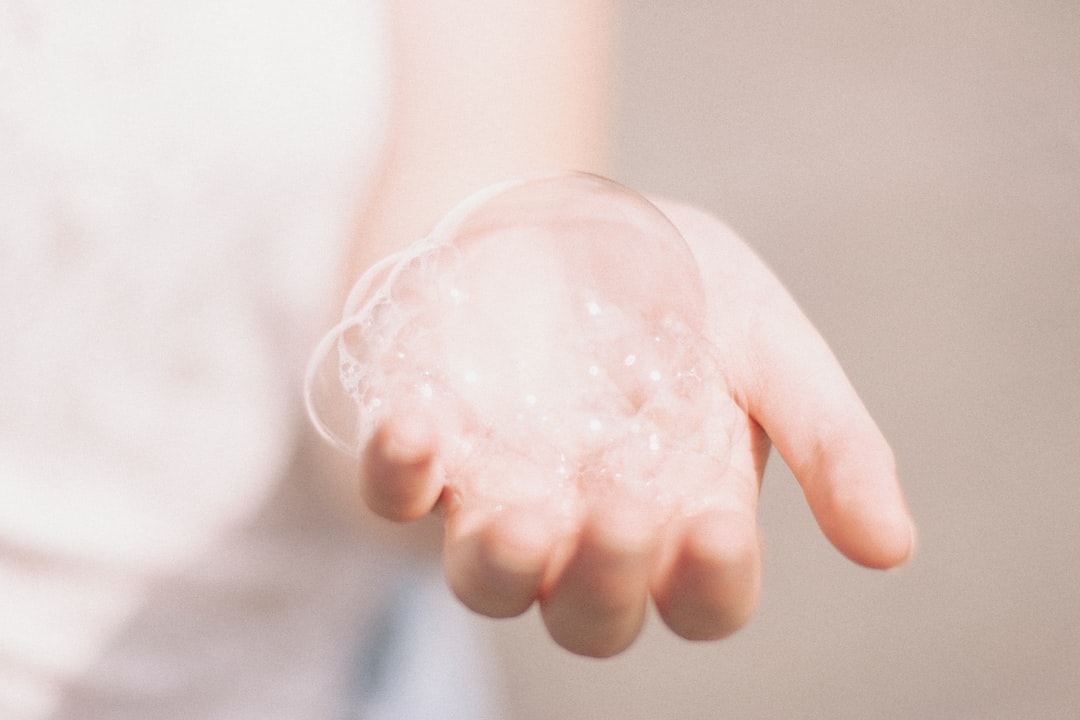When you consider hair removal, it’s essential to recognize that the process can significantly affect your skin health. The skin is your body’s largest organ, and any procedure you undertake can lead to various reactions, both positive and negative. For many, hair removal is not just a cosmetic choice but a part of personal grooming that can enhance confidence and comfort.
However, the impact on your skin can vary widely depending on the method you choose and your skin type. You may find that regular hair removal can lead to smoother skin, as it often removes dead skin cells along with unwanted hair. This exfoliation can promote a brighter complexion and improve the overall texture of your skin.
However, it’s crucial to be aware that frequent hair removal can also lead to irritation, especially if you have sensitive skin.
Key Takeaways
- Hair removal can impact skin health by causing irritation, inflammation, and potential damage to the skin barrier.
- Different hair removal methods have varying effects on the skin, with some causing more irritation and potential damage than others.
- Hair removal can benefit skin health by reducing the risk of ingrown hairs, improving the appearance and texture of the skin, and enhancing the effectiveness of skincare products.
- Potential risks and side effects of hair removal include redness, irritation, ingrown hairs, and even scarring or hyperpigmentation in some cases.
- To minimize skin irritation and damage from hair removal, it’s important to exfoliate regularly, moisturize the skin, and choose the right hair removal method for your skin type.
Different Hair Removal Methods and Their Effects on Skin
Shaving: A Quick Fix with Potential Drawbacks
Shaving is a popular hair removal method that offers a quick and easy solution. However, it can sometimes lead to razor burn or ingrown hairs, especially if you’re not using the right technique or products. The friction from the razor can irritate the skin, causing redness and discomfort.
Waxing: A Longer-Lasting Solution with Temporary Side Effects
Waxing is another popular method that pulls hair from the root, resulting in longer-lasting smoothness. However, it may also cause temporary redness and sensitivity. If you have sensitive skin, you might find that waxing exacerbates irritation or leads to breakouts.
Laser Hair Removal: A More Permanent Solution with Potential Side Effects
Laser hair removal is a more advanced option that targets hair follicles with light energy, potentially offering a more permanent solution. While it can be effective, it’s essential to consider that some individuals may experience side effects like swelling or discoloration after treatment.
The Benefits of Hair Removal for Skin Health

Engaging in hair removal can offer several benefits for your skin health beyond mere aesthetics. For instance, removing hair can help reduce the accumulation of sweat and bacteria, which can lead to body odor and skin issues. By keeping your skin free from excess hair, you may find it easier to maintain cleanliness and hygiene, particularly in areas prone to moisture and friction.
Additionally, regular hair removal can promote better absorption of skincare products. When your skin is free from hair, serums and moisturizers can penetrate more effectively, allowing you to reap the full benefits of your skincare routine. This can lead to improved hydration and overall skin health, making your complexion appear more vibrant and youthful.
(Source: American Academy of Dermatology)
Potential Risks and Side Effects of Hair Removal
| Category | Potential Risks and Side Effects |
|---|---|
| 1. Skin Irritation | Redness, itching, and inflammation |
| 2. Ingrown Hairs | Hair follicles become trapped under the skin |
| 3. Burns | From hot wax or laser treatments |
| 4. Allergic Reactions | Rash, hives, or swelling |
| 5. Hyperpigmentation | Darkening of the skin |
| 6. Hypopigmentation | Lightening of the skin |
While there are many benefits to hair removal, it’s essential to be aware of the potential risks and side effects associated with various methods. One common issue is skin irritation, which can manifest as redness, itching, or even burning sensations after hair removal. This is particularly true for methods like shaving or waxing, where the skin is subjected to friction or harsh chemicals.
Another concern is the risk of ingrown hairs, which occur when hair grows back into the skin instead of outward. This can lead to painful bumps and inflammation, often requiring additional treatment to resolve. In some cases, you might also experience allergic reactions to products used during the hair removal process, such as waxes or shaving creams.
Being informed about these risks allows you to take proactive steps in choosing the right method for your skin type.
How to Minimize Skin Irritation and Damage from Hair Removal
To minimize skin irritation and damage from hair removal, it’s crucial to adopt a few best practices tailored to your specific method of choice.
Always shave in the direction of hair growth to minimize the risk of cuts and ingrown hairs.
For those who prefer waxing, preparing your skin beforehand is key. Exfoliating gently a day or two before waxing can help remove dead skin cells and reduce the likelihood of ingrown hairs. After waxing, applying a soothing lotion or aloe vera gel can help calm any redness or irritation that may occur.
Regardless of the method you choose, always ensure that your tools are clean and sanitized to prevent infections.
Tips for Choosing the Right Hair Removal Method for Your Skin Type
Choosing the right hair removal method for your skin type is essential for achieving optimal results while minimizing adverse effects. If you have sensitive skin, you might want to avoid harsh methods like waxing or chemical depilatories that could exacerbate irritation. Instead, consider gentler options like trimming or using an electric shaver designed for sensitive areas.
For those with thicker or coarser hair, laser hair removal may be an effective long-term solution. However, it’s important to consult with a professional who can assess your skin tone and hair type to determine if you’re a suitable candidate for this treatment. Always take into account any pre-existing skin conditions or allergies when selecting a method; this will help ensure that you choose an option that aligns with your unique needs.
The Role of Proper Aftercare in Maintaining Skin Health after Hair Removal
Aftercare plays a crucial role in maintaining skin health following any hair removal procedure. Immediately after hair removal, your skin may be more sensitive than usual; therefore, it’s essential to treat it gently. Avoid hot showers or baths for at least 24 hours post-treatment, as heat can exacerbate irritation and redness.
Incorporating soothing products into your aftercare routine can also make a significant difference. Look for fragrance-free moisturizers or calming lotions containing ingredients like chamomile or calendula to help soothe any inflammation. Additionally, wearing loose-fitting clothing for a day or two after hair removal can prevent friction against sensitive areas, further promoting healing.
Consulting a Dermatologist for Personalized Advice on Hair Removal and Skin Health
If you’re unsure about which hair removal method is best for you or if you’re experiencing persistent issues related to hair removal, consulting a dermatologist can provide invaluable guidance. A dermatologist can assess your skin type and any underlying conditions that may affect your choice of hair removal method. They can also recommend specific products or treatments tailored to your needs.
Moreover, if you’re considering more advanced options like laser hair removal or electrolysis, a dermatologist can help determine if these treatments are suitable for you based on your individual circumstances. Their expertise ensures that you make informed decisions about your skincare routine while prioritizing both effectiveness and safety. In conclusion, understanding the impact of hair removal on your skin health is essential for making informed choices about grooming practices.
By considering different methods and their effects on your skin, recognizing potential risks, and implementing proper aftercare strategies, you can enjoy the benefits of hair removal while minimizing adverse effects. Always remember that consulting with a dermatologist can provide personalized advice tailored specifically to your needs, ensuring that your journey toward healthy skin remains on track.
There is a lot of debate surrounding whether hair removal is actually good for the skin. Some argue that it can cause irritation and damage, while others believe it can improve the overall health of the skin. According to a recent article on





